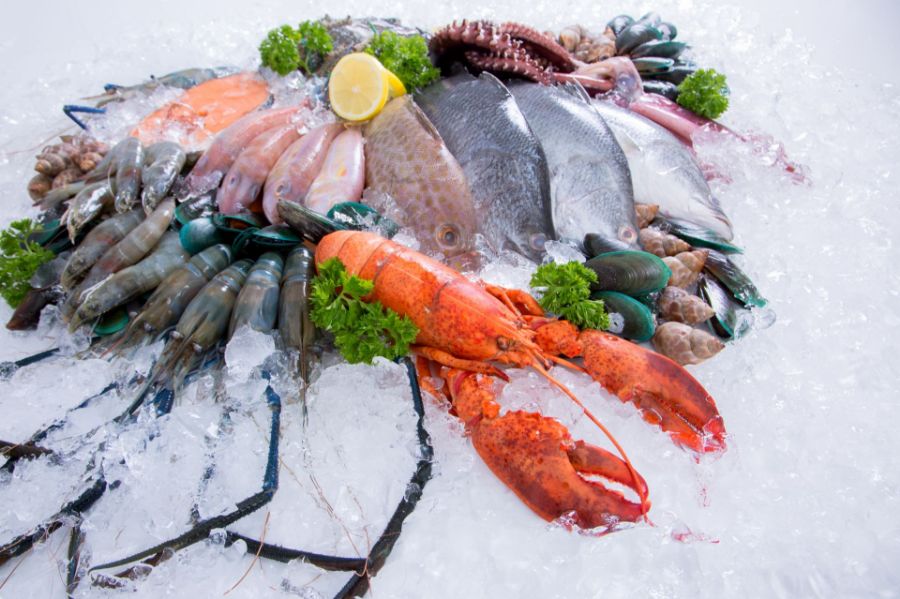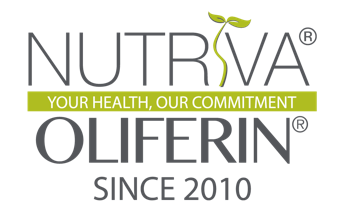
By Dietitian Fatin
Fish is among the choice people seek for their consumption instead of poultry and meat. They belong to protein class which is very important for muscle growth and other body functions. If people have protein deficiency, it will lead to stunted, decrease muscle mass, low immunity, weakening of heart and respiratory system (Harvard T.H. Chan, 2023). Salmon, tuna, mackerel, sea bass, trout, anchovy and others (UNESCO, 2023) are the famous choice we consume in the world wide. However, there might be a concern about the safety on consumption of fish or sea products including the level of toxicity caused by heavy metal, radiation and other pollution.
There were certain cases in Malaysia that affect the safety on consumption of sea food due to toxicity caused which result from chemical dump. For instance (Environment Institute of Malaysia, 2016);
- March 1995 - 41 barrels of Potassium Cyanide (KCN) from chemical company in Penang found disposed of in Pangkor Island.
- June 2004 - 12,000 tonnes of toxic waste from Taiwan found disposed of brick factory in Johor.
- January 2006 - ammonia leakage from 300 tons of disposed aluminum oxide waste illegally in Labis, Johor.
The most common heavy metal found in the fish is mercury which methylmercury is the most concern form. Mercury can be assimilated, stored and concentrated by organisms, through the food chain, resulting in physiological damage. Neurological damage, renal damage and cardiovascular disease are recorded as potentially harmful effects by exposure to mercury. Mercury is more concentrated in larger and/or older fish compare to smaller or younger fish and shellfish. Some species has more mercury level in their muscle tissues due to their slower growth and greater longevity which lead to longer exposure to contamination (Afonso, C. et al., 2008).
Japanese subjects were recorded poisoned from consuming large number of fish containing high level of methylmercury in Niigata (1965) and Minamata (1956) because of wastewater from chemical factory. Based on blood levels in a patient showing neurological symptoms in Niigata, it is 100 times higher in a person who does not consume fish and 40 times higher for average fish eater. Tolerable weekly intake of 0.3 mg of total mercury per person was set, which no more than 0.2 mg should be present as methylmercury equivalent to 0.005 mg and 0.0033 mg per kg body weight respectively (WHO, 1972). WHO also recommended that the upper limit of mercury in drinking water is 1µg per liter. Mercury contaminated was found higher in water from mining and industrial process and it could be from natural occurrence in the sea. Generally, this limit show that the fish are still safe to be consumed as it is not more than upper limit per week.
Besides the mercury issue, we are also inquiring about the ascending problem related to the water pollution. It was estimated averagely 9 billion plastics was used by Malaysian and finally was spotted in the ocean. Plastic particles not only pose a direct hazard when eaten by animals in the oceans, but also the chemicals found in plastics will also absorb into the animal's tissues. It poses a major threat to marine survival and human health when consuming microplastic-contaminated and nano plastic sources of seafood. Chemicals used in plastics such as Phthalates, Bisphenol A (BPA) or Polybrominated are highly toxic and are widely found in fish and marine mammals that can have chronic effects on human health including endocrine disorders and mutation processes that cause cancer (Abdul Rahman, H., 2021).
The world also concerns about the latest news announced by Japan authority where they have begun the released of treated radioactive water from Fukushima plant into the Pacific Ocean (12 years after nuclear meltdown). Some country nearby like China has ban the seafood exported for them due to their high concern. However, the UN’s atomic regulator says the discharge is safe and would not have negative impact on humans and environment (Mao, F., 2023). Tokyo says fish tested in waters around the nuclear plant contained no detectable levels of the radioactive isotope tritium. In nutshell, the water released from the Fukushima plant is safe and well below WHO drinking water guidelines (Al Jazeera, 2023).
Therefore, we should be responsible towards our ecosystem. We must follow the rules set by responsible party to avoid any pollution, toxicity and health problem arises. The fish or shellfish still safe to consume as long as no illegal dump of wastewater, unsafe untreated water and other unsafe item. Consume fish and shellfish moderately as guided in the dietary guidelines and practice healthy lifestyle.
REFERENCES
- Abdul Rahman, H. (2021). Plastik Kini Ancaman Besar. Sinar Harian. Retrieved from https://www.sinarharian.com.my/article/146949/KHAS/Pendapat/Plastik-kini-ancaman-besar
- Afonso, C. et al. (2008). Total and organic mercury, selenium and α-tocopherol in some deep-water fish species. Journal of the Science of Food and Agriculture. 88:2543–2550.
- Al Jazeera (2023). Japan says no radioactivity found in Fukushima fish. Retrieved from https://www.aljazeera.com/news/2023/8/26/japan-says-no-radioactivity-found-in-fukushima-fish#:~:text=Japan%E2%80%99s%20fisheries%20agency%20has%20said%20fish%20tested%20in,isotope%20tritium%2C%20Kyodo%20news%20service%20reported%20on%20Saturday
- Environment Institute of Malaysia (2016). Modul 1: Pengenalan Buangan Terjadual. Retrieved from https://enviro2.doe.gov.my/ekmc/wp-content/uploads/2016/08/1451866292-(terkini)%20BM%20Modul%201%20Pengenalan%20BT%20(EiMAS).pdf
- Harvard T.H. Chan (2023). The Nutrition Source. Retrieved from https://www.hsph.harvard.edu/nutritionsource/what-should-you-eat/protein/
- Mao, F. (2023). Protests and Seafood Bans as Japan Releases Fukushima Water ,BBC. Retrieved from https://www.bbc.com/news/live/world-asia-66599189
- UNESCO (2023). A list of 43 fish living in the Ocean. Ocean Literacy Portal. Retrieved from https://oceanliteracy.unesco.org/ocean-fish/
- World Health Organization (WHO) (1972). Evaluation of Certain Food Additives and The Contaminants Mercury, Lead and Cadmium. Sixteenth Report of The Joint FAO/WHO Expert Committee on Food Additives.

